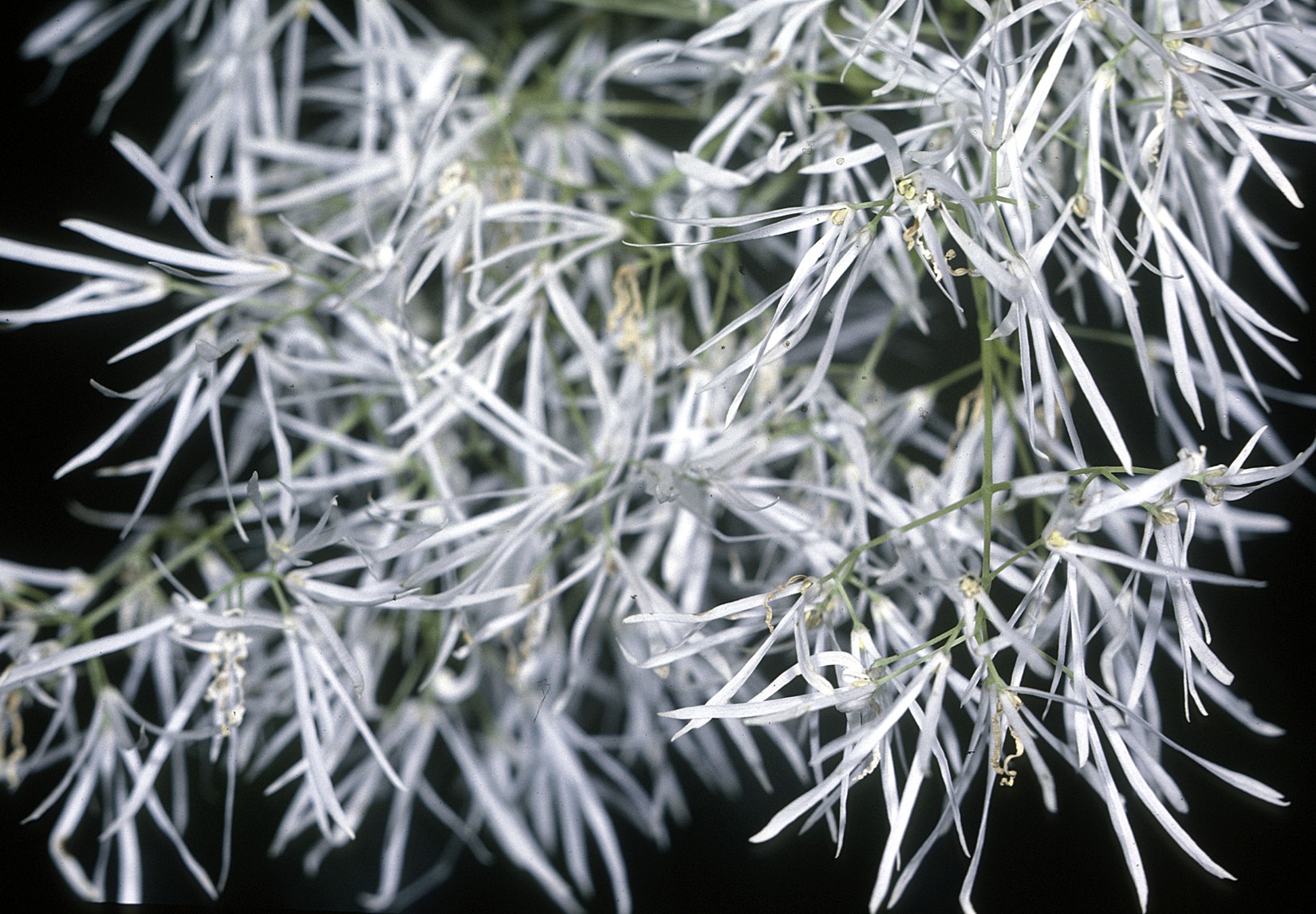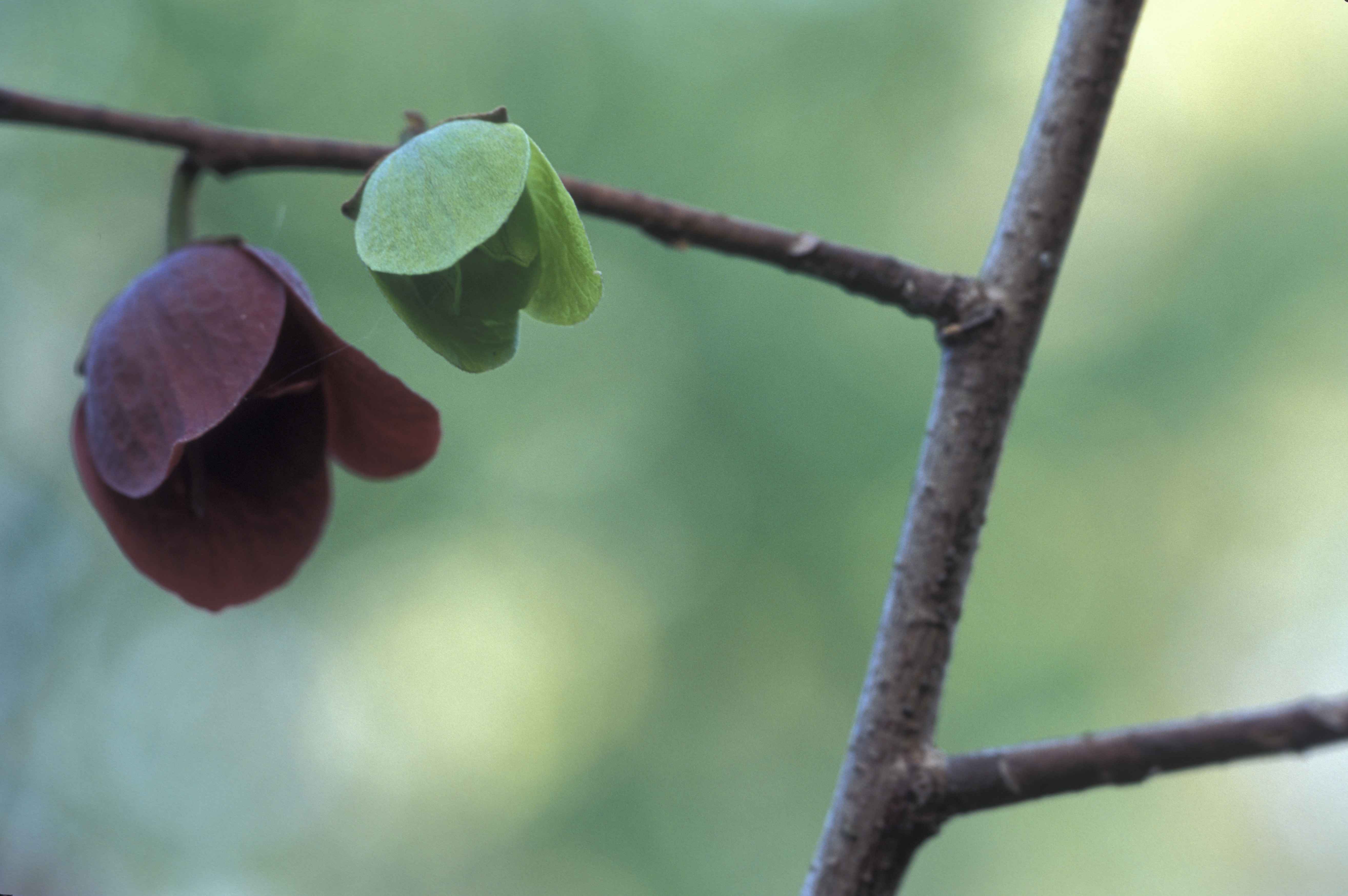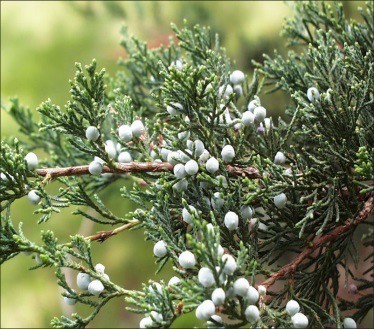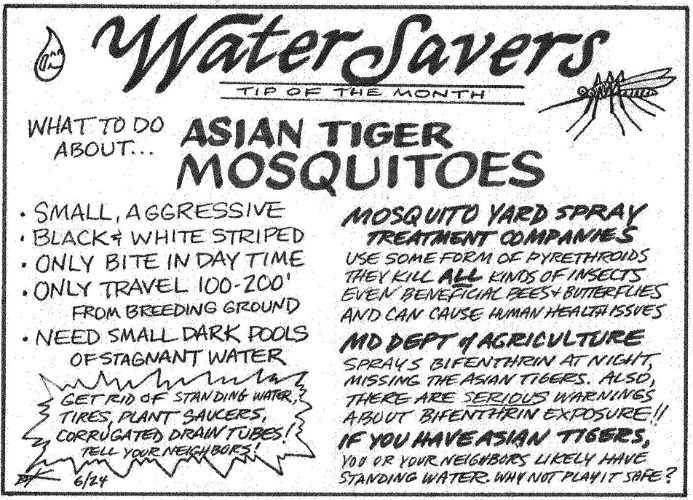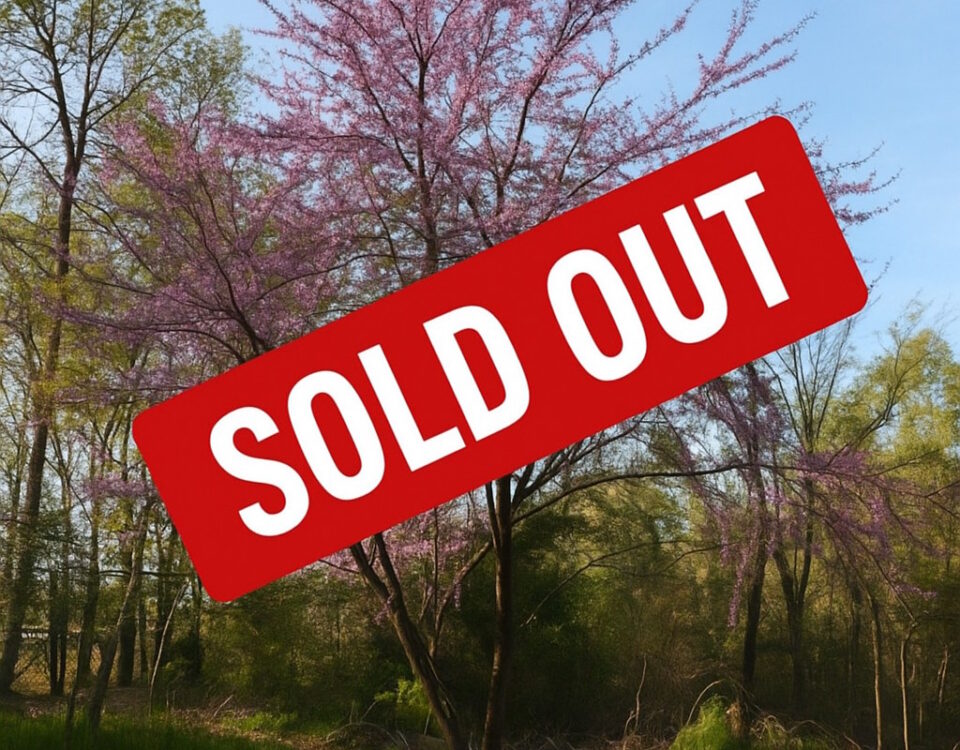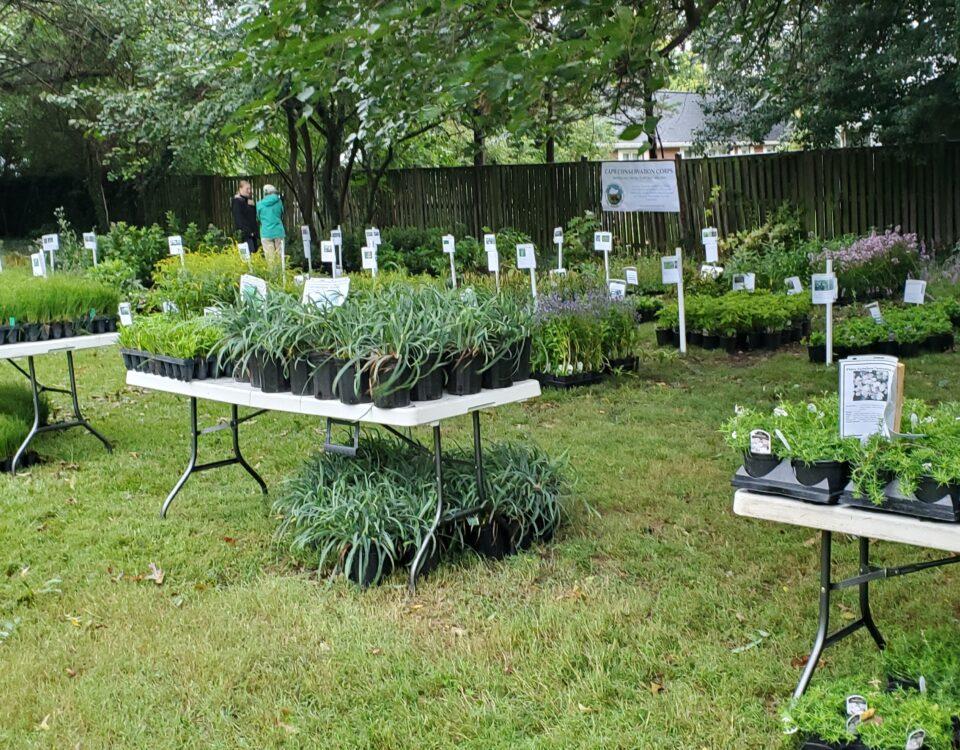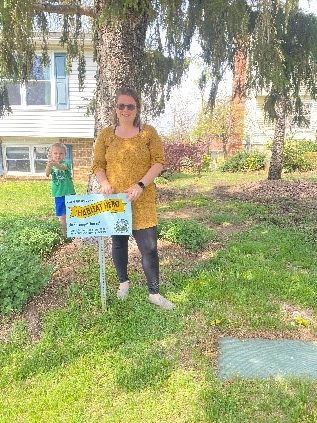
Habitat Hero – March 2021
March 20, 2021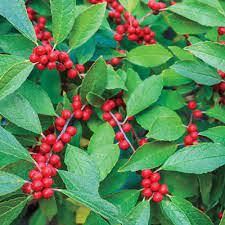
Native Plant Swap: SUCCESS!!
May 10, 2021By: Stacey Wildberger
There are many plant layers to successful ecosystems-from the groundcover, herbaceous plants, shrubs, understory up to the tall canopy layer. Each level plays a vital role in the health of the ecosystem and biodiversity in the landscape, but the understory is an often overlooked layer in our home landscapes. We often plant lush garden filled with flowering plants, a few ground covers plants, some shrubs and of course we all know Cape has plenty of canopy trees shading us!
Eastern serviceberry
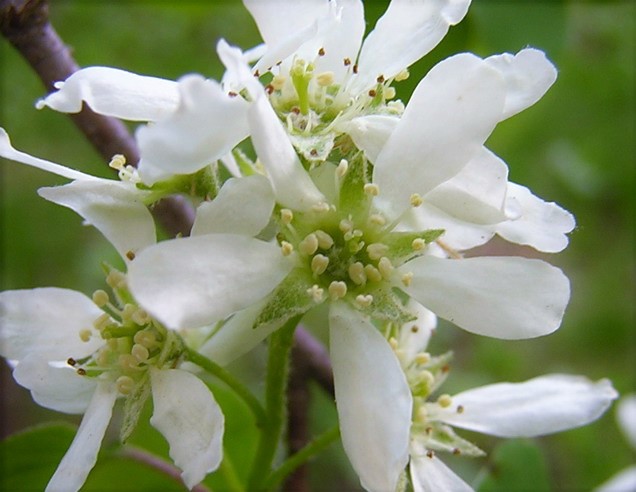
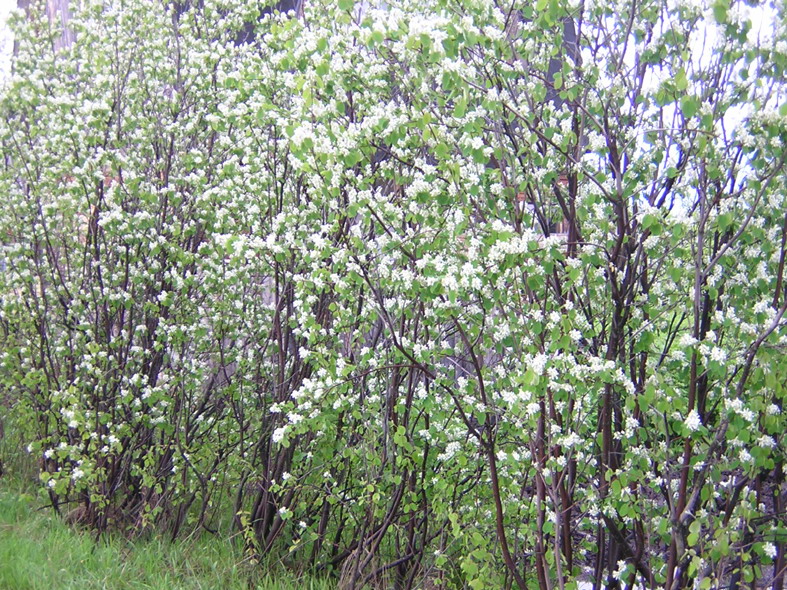
Amelanchier Canadensis Eastern serviceberry –this wonderful tree will provide 3 seasons of interest starting in early spring with beautiful berries that feed robins, catbirds, chickadees and cardinals. Serviceberries fall color is spectacular. It is also of high value to many of our native bees. This moisture loving trade can be planted in sun to shade conditions.
Eastern Redbud
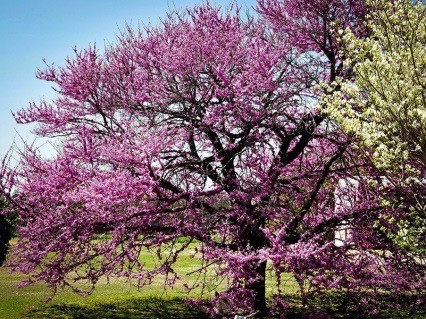
Cercis Canadensis Eastern Redbud –nothing says spring like the glorious purple blooms of the Redbud, they can be seen blooming along the roadways, parks and neighborhood streets. These early blooming trees offer an early source of nectar for foraging insects and bees. The leaves, seeds and blooms are utilized from songbirds, pollinators and mammals. It can tolerate part shade to shade so it makes an ideal specimen for many Cape yards.
White Fringe tree
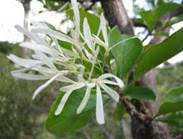
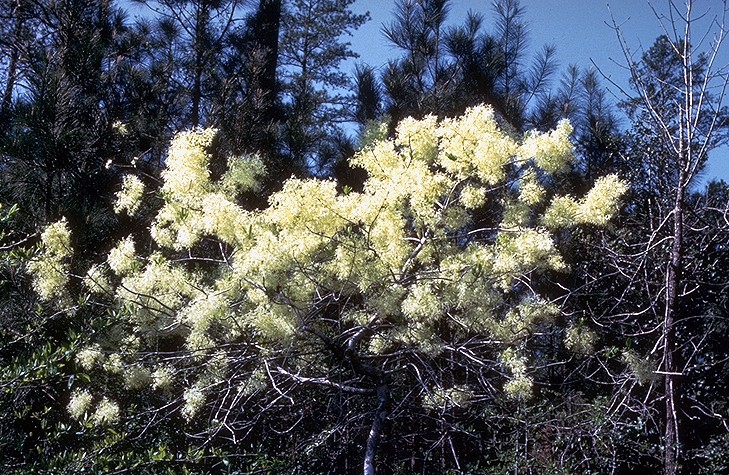
Chionanthus virginicus White Fringe tree –this 15-30’ tree is known for its drooping clusters of fragrant, white blooms. One of the last trees to leaf out in the spring, it often appears dead until the leaves and flowers appear. The flowers are pure white, wispy and cloudlike. The blue plum-like berries are attractive to birds and mammals and the flowers are attractive to many pollinators.
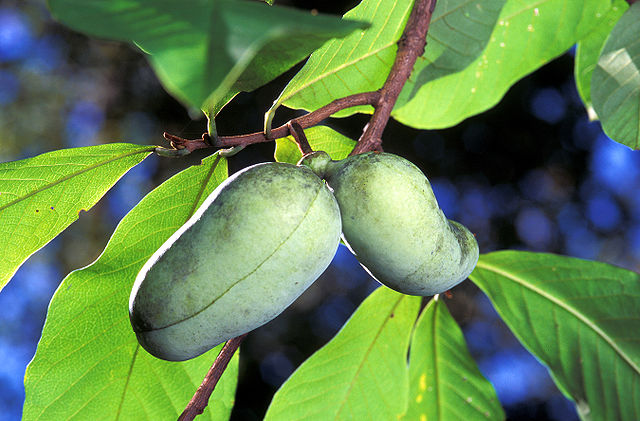 Pawpaw
Pawpaw 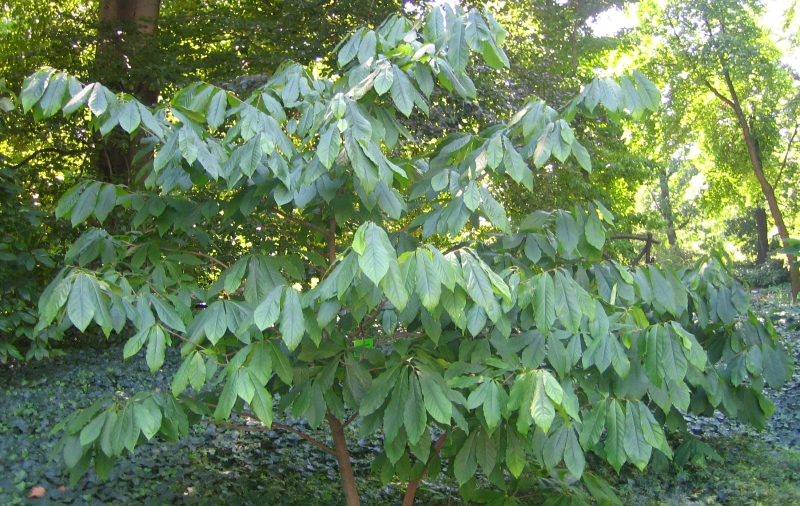
Asimina triloba Pawpaw –this multi-stemmed shrub grows 10-40’ high. It has large tropical like leaves that turn a beautiful yellow-green in the fall. The small banana tasting fruit makes a delicious jam if you can harvest it before the opossums, squirrels, raccoons and birds eat them! The Pawpaw is also the only host plant for zebra swallowtail butterfly.
Juniperus virginiana Eastern Red Cedar –the most widely distributed eastern conifer-across 37 states it is extremely resistant to drought, heat and cold and grows to 30 to 40’. This beautiful tree offers many benefits for wildlife from the berries that are a staple to many birds and mammals including the cedar waxwing named for this tree to offering nesting material and cover. It does well in dry areas from sun to shade.


